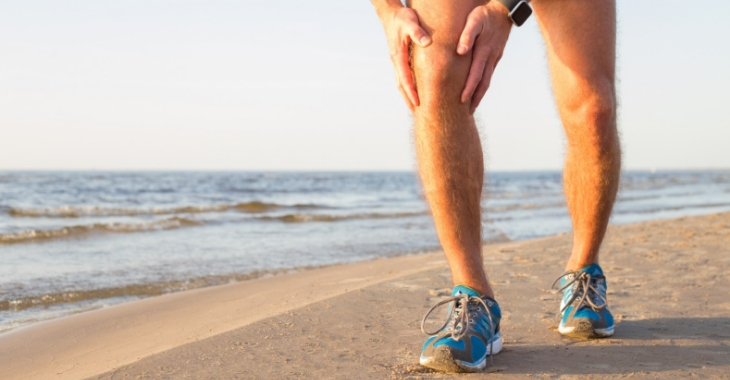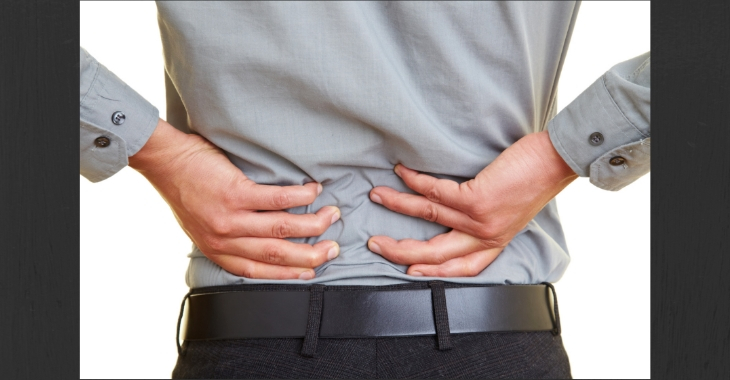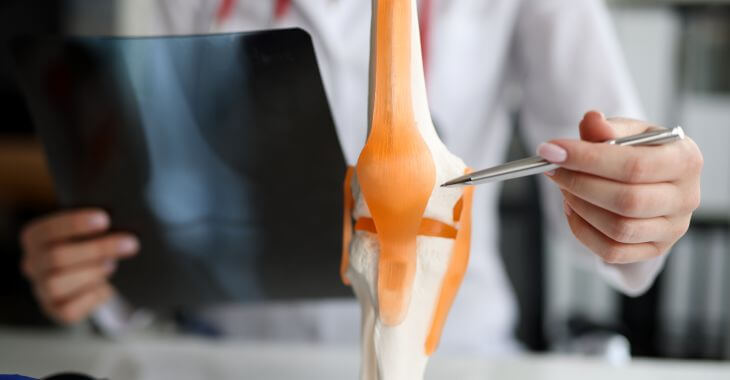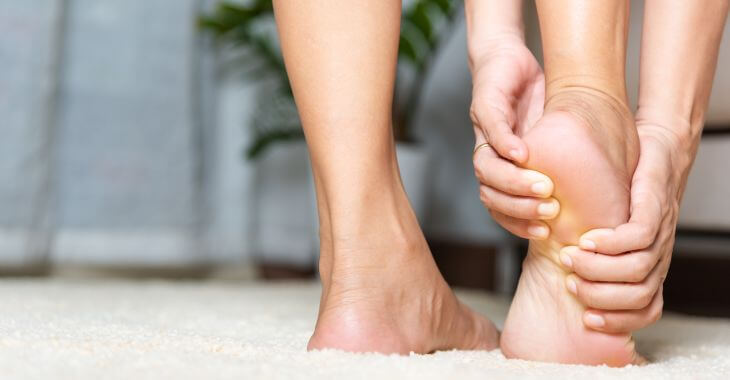Recovering from a Torn ACL Injury

Anyone who watches sports knows that a torn ACL is a common, but serious, knee injury that can take many months of recovery and rehabilitation. This type of knee injury is most common in contact sports but can occur when the knee is hit hard on the side or a person quickly changes direction while jumping or running. While some ACL tears can heal without surgery, if there is any other damage in the knee from the injury or the person wants full recovery of knee function, surgery is usually recommended. Then comes the hard part – recovery and rehabilitation.
Torn ACL Surgery Rehabilitation
While ACL surgery rehabilitation is not quick, it can be very effective in restoring full function to the knee. The rehabilitation process begins right away after surgery. The first step is to restore quadricep function and to be able to fully straighten the knee. The first two weeks are critical in rehabilitation, controlling swelling and restoring movement. The amount of weight that can be put on the knee will depend on the extent of the injury and guided by the surgeon’s recommendations.
For about six months, ongoing rehabilitation is needed to strengthen the quadriceps and hamstrings while restoring balance and movement. A qualified certified manual therapist along with other rehabilitation specialists are needed to create the best routine to hasten recovery. Some methods that may be used include:
- Aquatic therapy
- Manual therapy
- Dry needling
- Strengthening exercises
When rehabilitation is strictly followed, recovery from an ACL surgery can restore full motion and movement to the knee. It is vital to have a rehabilitation center that offers specialized therapy to get the best results while recovering from this type of injury and surgery.
Posted on behalf of:
Sovereign Rehabilitation
5555 Peachtree Dunwoody Road Northeast #225
Atlanta, GA 30342
(404) 835-3340
The information provided on this website, including text, graphics, images, and other materials, is intended solely for informational purposes and should not be used as a substitute for professional medical advice, diagnosis, or treatment.



)